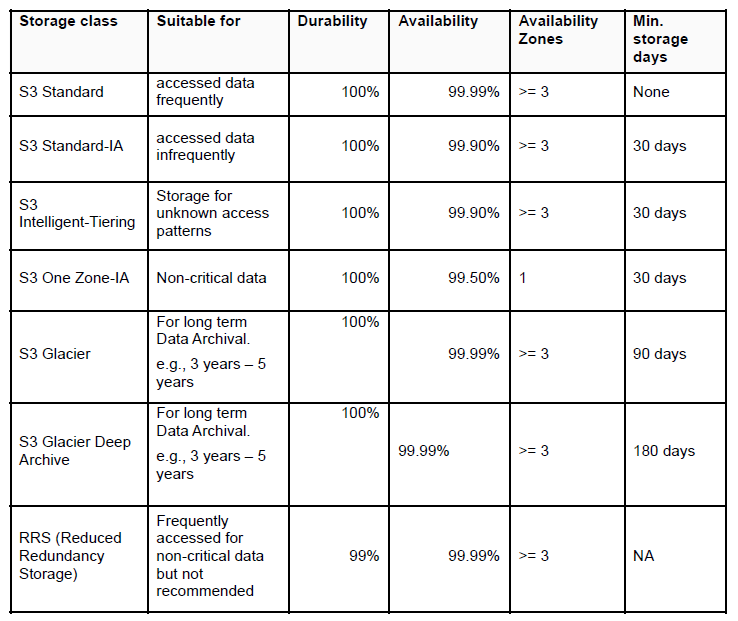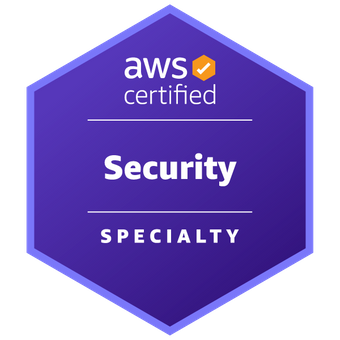Mastering AWS S3: Your Ultimate Cheat Sheet

Amazon S3 (Simple Storage Service) is a versatile and powerful object storage solution provided by Amazon Web Services (AWS). Whether you're a beginner exploring cloud storage options or an experienced cloud professional seeking a quick reference guide, this AWS S3 Cheat Sheet will equip you with the essentials to make the most of S3's capabilities.
What is Amazon S3?
Amazon S3, standing for Simple Storage Service, is a highly scalable and durable object storage service that allows you to store and retrieve any type of data within buckets. With availability across multiple Availability Zones, top-notch security features, and cost-effectiveness, S3 caters to a wide range of use cases such as static and dynamic websites, data analytics, and backup solutions.
Basics of S3
- S3 is object-based storage where files are stored in Buckets, which act as folders.
- Each bucket can hold objects ranging from 0 to 5 TB in size.
- S3 bucket names must be globally unique.
- Successful file uploads return an HTTP 200 code.
- S3 offers strong consistency for PUTs, overwrites, deletes, and list operations.
- By default, all objects in a bucket are private.
Properties of Amazon S3
- Versioning: Keep multiple versions of objects in the same bucket.
- Static Website Hosting: Host static websites without server-side technology.
- Encryption: Encrypt objects at rest using Amazon S3 Managed keys (SSE-S3) or Amazon KMS Managed Keys (SS3-KMS).
- Object Lock: Prevent version deletion of an object for a specified period.
- Transfer Acceleration: Speed up file transfers using Amazon CloudFront's global edge locations.
Permissions & Management
- Access Control List (ACL): Grant read/write permissions to another AWS account.
- Bucket Policy: Use JSON-based access policies to define advanced permissions for S3 resources.
- CORS (Cross-Origin Resource Sharing): Allow cross-origin access to your S3 resources.
Charges
Understand the factors that contribute to your S3 charges:
- Storage: Pay for the data you store in S3.
- Requests: Cost incurred based on the number of requests made.
- Storage Management Pricing (Lifecycle Policies): Costs associated with managing object lifecycles.
- Transfer Acceleration: Charges for using the transfer acceleration feature.
- Data Transfer Pricing: Expenses for transferring data in and out of S3.
Miscellaneous Topics
- Access Point: Create access points to make S3 resources accessible over the internet.
- Lifecycle: Configure object transitions to different storage classes based on lifecycle policies.
- Replication: Replicate data between buckets within the same or different regions.
Storage Class/Pricing Model of S3
Amazon S3 offers several storage classes to cater to various data access patterns and archival needs:
- S3 Standard: Frequent access, high durability, and availability.
- S3 Standard-IA: Infrequent access, lower cost.
- S3 Intelligent-Tiering: Suitable for unpredictable access patterns.
- S3 One Zone-IA: Lower-cost option for data stored within a single Availability Zone.
- S3 Glacier: Ideal for long-term data archival (e.g., 3 to 5 years).
- S3 Glacier Deep Archive: The most cost-effective option for deep, long-term archival.

Amazon S3 is a fundamental and feature-rich cloud storage service that plays a crucial role in numerous cloud-based solutions. This cheat sheet provides you with a quick reference to the key aspects of S3, empowering you to leverage its capabilities to meet your storage, security, and cost requirements effectively.
Whether you are managing data for a simple website or building complex data analytics solutions, mastering AWS S3 is a must-have skill for any cloud professional. Refer back to this cheat sheet whenever you need a reminder or explore further to unlock the full potential of Amazon S3 in your cloud endeavors.



Comments ()